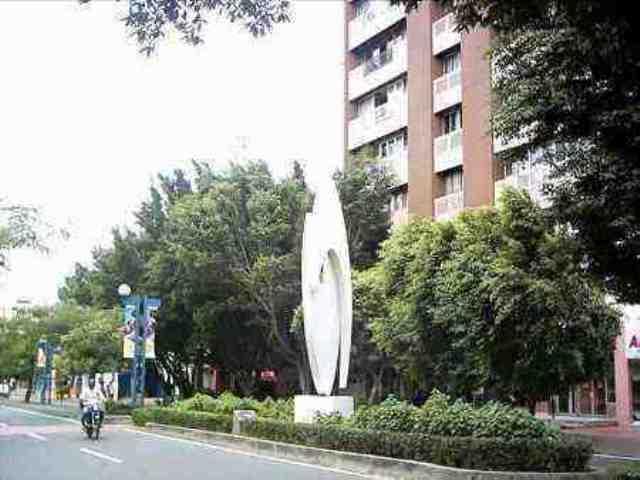Cúcuta, Santander, Colombia
Suggest Place to Visit
571
Track to location with GPS |
 |
The capital of the North Department of Santander, officially began as a village on June 17, 1733 in the 782 hectares of land donated by Mrs. Juana Rangel de Cuellar, in her estate of El Carmen de Tonchalá, before the ordinary mayor of Pamplona, Juan Antonio Villamizar and the 17 residents of neighboring properties on the left bank of the Pamplona River that divided them from the Town of Cúcuta, where they already had a parish and priest. On September 21, 1850, Don Juan Atalaya, a native of Cádiz, Spain, donated 967 hectares, which after passing through four previous owners, they acquired them from Juana Rangel de Cuellar.
The city was the scene of important historical events that framed the creation of Colombia, as was the Congress of Cúcuta, in which the Constitution of Cúcuta was drafted in which the Greater Colombia was created by uniting New Granada (Colombia and Panama) and Venezuela. Later Quito (Ecuador) became part of this huge nation. All the places where the aforementioned events took place are still preserved: the Casa de Santander.
It also highlights the Battle of Cúcuta, which was the first part of the Admirable Campaign, with which Simón Bolívar freed Venezuela.
In the first two centuries after the discovery of America, the first incursions of the conquerors in the Santanderes region, battles between the Europeans and the Indians, and the establishment of nearby populations in anticipation of the founding of Cúcuta in 1744.
At the beginning of the seventeenth century, a large part of the valleys of Cúcuta belonged to Captain Don Cristóbal de Araque Ponce de León, whose lands passed by inheritance to his son Fernando de Araque Ponce León, who owned all the lands that exist from the Valley of Cúcuta to the town of San José, jurisdiction of the city of San Faustino, which had been donated as a mercy to Captain Araque by the Governor of the New Province of Mérida de la Grita by title of September 9, 1630.
The constant hostility of the Motilones Indians of the Town of Cúcuta towards the white inhabitants of the valley and their economic ambitions were key factors for the latter to request the erection of a parish with the name of San José and to populate it if they obtained a license.
Considering that the white neighbors of the aggregation of the town of Cúcuta were going to request the erection of a parish and that they had chosen the site of Guasimal, on the banks of the Pamplona river, Doña Juana Rangel de Cuéllar donated on June 17, 1733, half cattle ranch (782 hectares) in the Tonchalá site, which had a value of 50 patacones, for the construction of a church and a plaza for Spanish families to settle in what is now the Barrio San Luís. This ranch was the most notable agricultural and livestock seat of the Rangel Cuéllas, a prominent family from Pamplona descended from Captain Alonso Rangel, founder of Salazar de la Palmas, in 1583.
In accordance with the legalities and customs of the time, Juana Rangel de Cuéllar had to affirm that the donation complied with what was established in the royal ordinance in the sense that it was included in the tenth part of her assets and that therefore it did not affect mainly what he had to leave as an inheritance, nor was it left in a ruin, nor was there any doubt about the nature and character of the property and finally that it was ´´free of census, pawn and general or special mortgage´´ so the donation was made with all the formalities.
The Battle of Cúcuta was one of the most important events of the 19th century as it fits into the framework of the Independence of Colombia. She started the Admirable Campaign of Simón Bolívar. It began at 9 a.m. on February 28, 1813, and ended at noon. The combatants: 400 men under the command of Simón Bolívar and 800 under the command of Spanish General Ramón Correa [21].
Colonel Simón Bolívar undertook a great offensive against the Spanish forces on the eastern bank of the Magdalena River and quickly achieved resounding triumphs that led him to carry out a journey to liberate the Valleys of Cúcuta from the royalists under the command of Colonel Ramón Correa. On February 28, 1813, Carnival Sunday, Correa attends mass very early in the morning, while Bolívar's troops, since the dawn of this historic day, mobilized through the western hills that dominate the Villa de San José de Cúcuta. Advised Correa leaves to meet the patriots with more than 800 well-equipped men. He stands within rifle shot of the hills occupied by the insurgents and the war action begins. A party of 100 King's riflemen tries to dominate the right flank of Bolívar's army, but a rapid change of position renders the movement ineffective. The fight is fierce and close. He has been undecided for four hours, as the combat began at nine in the morning and only until one in the afternoon did a bayonet charge ordered by Bolívar give the patriots victory. Correa then retreats to San Antonio del Táchira and then to La Grita with his decimated troops.
Bolívar and his troops enter Cúcuta victorious and at the liberated Cúcuta headquarters, at three in the afternoon of the same triumphal day February 28, 1813, the leader of Independence gives the victory report. The Battle of Cúcuta had a casualty balance of 2 dead and 14 wounded from the liberating troops and 20 dead and 40 wounded from the royalist troops.
After the conflict, patriots and supporters of the Emancipation cause full of rejoicing, enthusiastically and happily celebrate the liberation of Cúcuta, openly cooperating with Bolívar. Mercedes Reyes, a determined supporter of the freedom of her homeland, upon hearing of Bolívar's triumph, hastens to express her satisfaction for such a marked victory. As she habitually resided on her property in Urimaco, she soon moved to the Villa and offered Colonel Bolívar to embroider a coat for her to wear in her warlike actions of the Admirable Campaign that will liberate Venezuela from Spanish rule.
From its origins a true tree culture has been implanted. The generation of illustrious Cucuteños and the legion of foreigners led by the engineer Francisco de Paula Andrade Troconis, who rebuilt the city after the 1875 earthquake, gave it to us very well laid out with wide avenues facilitating the trees in the streets, being the first species planted trees called clemones that had sour and bitter fruits. Then they were replaced by acacias, peracos and almond trees, which adorned the parks and cucuteñas roads. In the historical course of the arborization of the city, different stages have been marked in terms of the species that have been used in the ornamentation.
Name of the municipality: San José de Cúcuta Gentilicio: Cucuteño (a)
However, it is known as Cúcuta.
´´Cúcuta´´ means ´´ House of the Duende´´
Physical description:
The city is located at coordinates 7 ° 52 and 8242; 48 and 8243; N, 72 ° 30 and 8242; 36 and 8243; W, in the eastern department of Norte de Santander. It sits in the geographic valley of the Pamplonita River, which is 25 km wide. The "Pearl of the North" is crossed by this river, one of the most important in the region and which was essential for the economy years ago, because it was transported through it.
It is part of the Andean Region and the Santanderes Region. It limits the north with Tibú; to the west with El Zulia and San Cayetano; to the south with Villa del Rosario, Bochalema and Los Patios and to the east with Venezuela and Puerto Santander.
In general, the urban land is flat, with some heights of little importance, with an average elevation of 320 meters above sea level. The area of the city is 1,176 km², which represents 5.65% of the Department of Norte de Santander. Its average temperature of 28 ° C (35 ° C in the day and 23 ° C at night) and its average annual rainfall of 1,041 mm. The windy season is - as in most of the Andean Region - in August.
In addition, Cúcuta is located in a neuralgic and strategic point: to the east (approximately 46 km) it connects with the city of San Cristóbal, and to the south with Bucaramanga. The city is a step in addition to the Pan-American Highway and therefore an obligatory step from Colombia to Venezuela.
In Cúcuta, love for the tree is preached and applied, and a cucuteño who respects himself has one planted in front of his house and the other on its site; A practice that has placed the city at the national forefront by being awarded the ´´Oroble de Oro´´ award by the former Inderena. That is why Cúcuta is the forest city of Colombia. A sample of the love for trees is the Avenue of the Lanterns, which based on oití, ficus and cují, form a true natural tunnel that is the object of admiration at home and abroad.
In some places to know such as Santander Park, Gran Colombiano Park, government places such as the Banco de la República and the Government of Norte de Santander, the use of palm trees is very common. La Isora, a beautiful red flower is the official flower of Cúcuta.
Economy
Cúcuta is a special district of Colombia, located in the department of Norte de Santander. It has been characterized by traditionally having a commercial economy, due to its proximity to the border with Venezuela. Two currencies usually circulate in the city: the peso and the bolivar, the former being the official currency. For several years, the unemployment rate in the city has been the lowest in the entire country.
The most developed industries are those related to construction, specifically those that produce cement, bricks, clay and ceramics. The city is a mining district, so this activity occupies a privileged place in the economy. The physical characteristics of minerals, especially coal (with low levels of sulfur and moisture), make it attractive in the international market.
Although it has not yet been approved, the Free Trade Agreement between Colombia and the United States has caused the city to face a transition from its commercial economy to an industrial economy. A large group of companies from Venezuela have settled in Cúcuta, in order to export in the near future. This phenomenon has created thousands of jobs. The city is also the main export port, in regard to vehicles, food, cattle
Communication channels
Aerial:
Cúcuta has the Camilo Daza International Airport and the Venezuelan Juan Vicente Gómez airport in San Antonio del Táchira, to communicate directly with the Republic of Venezuela.
Terrestrial:
It forms the most active border in South America. It is connected to Bogotá, Bucaramanga, Caracas and Cartagena.
Cúcuta has three main roads that connect it with San Cristóbal (Venezuela), with the Atlantic Coast through Ocaña, and through Bucaramanga with Bogotá and Medellín.
Cúcuta has a public space called El Malecón, consisting of about 5 kilometers on the banks of the Pamplonita River with an ideal infrastructure for recreation and nightlife.
The city also has a high-quality hotel infrastructure and a large number of restaurants, discos and night spots.
The cultural activity of the city takes place in suitable settings such as the House of Culture, founded in 1960 and which is currently the headquarters of the School of Fine Arts at the University of Pamplona; The Clock Tower, which, in addition to being the administrative headquarters of the Ministry of Culture and Tourism, is a beautiful monument in which cultural activities take place.
The Banco de la República has adequate rooms in its cultural area for art exhibitions and artistic presentations.
The city has parks such as Mercedes Abrego, Colón Park, Santander Park, and Antonia Santos Park that become a meeting and recreation site for the city's inhabitants.
Comments
We don´t have yet any comments about:
Cucuta
Cucuta
Be the first to leave a comment as it is very important to inform other people
Outros locais a visitar
Within a radius of 20 km from:Cucuta
Juana Rangel de Cuellar Park |
| 0,2 Km |
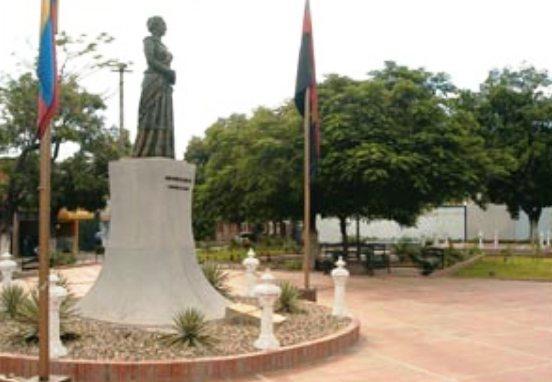 |
Monumento a la Confraternidad |
| 0,7 Km |
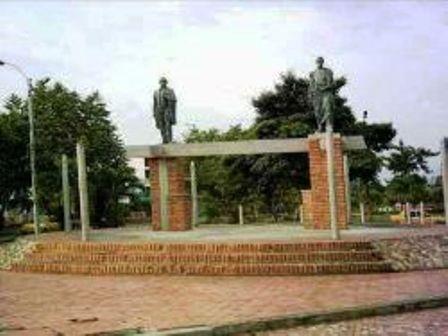 |
Antonia Santos Park |
| 0,7 Km |
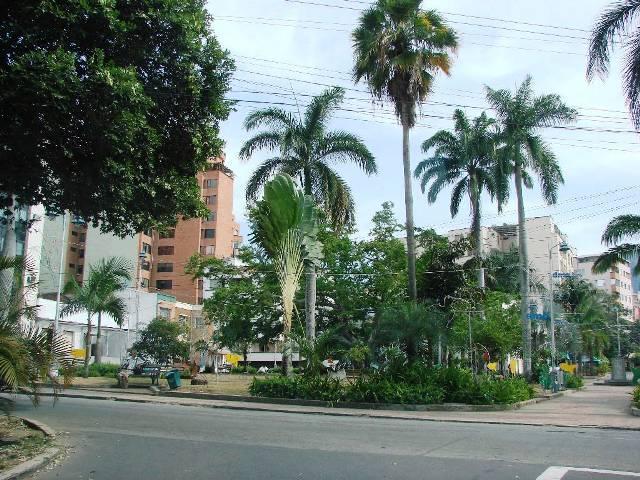 |
Fountains of Lions Park |
| 0,8 Km |
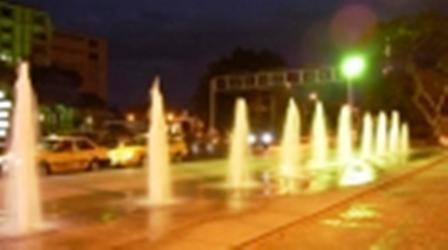 |
Plazuela del Libertador the National Park |
| 0,9 Km |
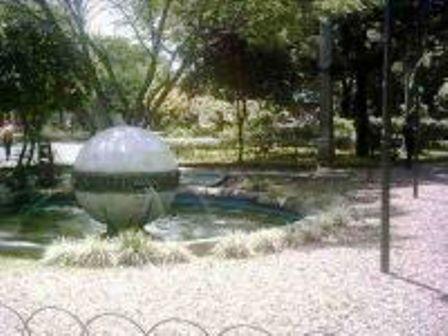 |
Mercedes Abrego Park |
| 1,0 Km |
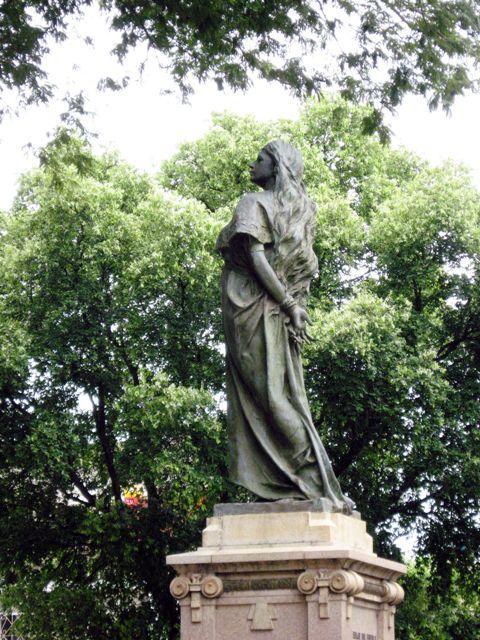 |
Cathedral of Cúcuta |
| 1,1 Km |
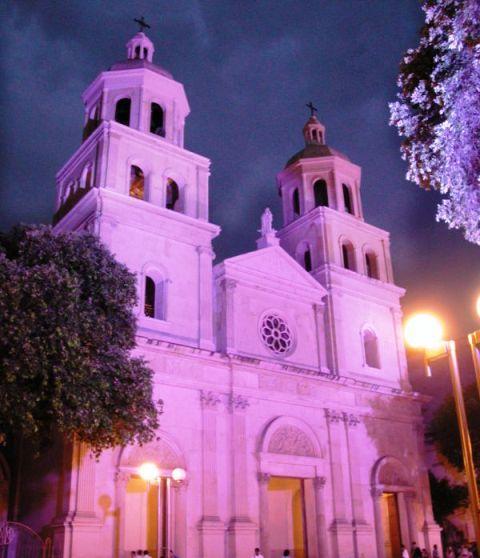 |
Santander Park |
| 1,1 Km |
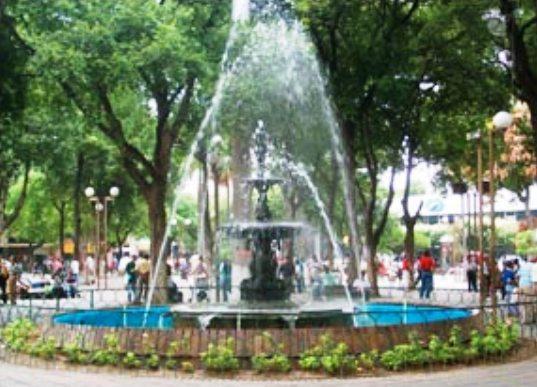 |
Municipal Palace |
| 1,2 Km |
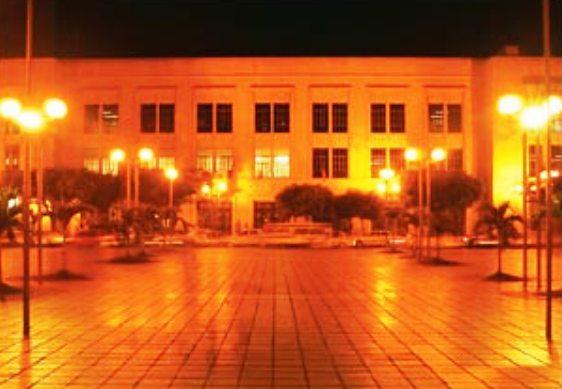 |
Padilla column |
| 1,3 Km |
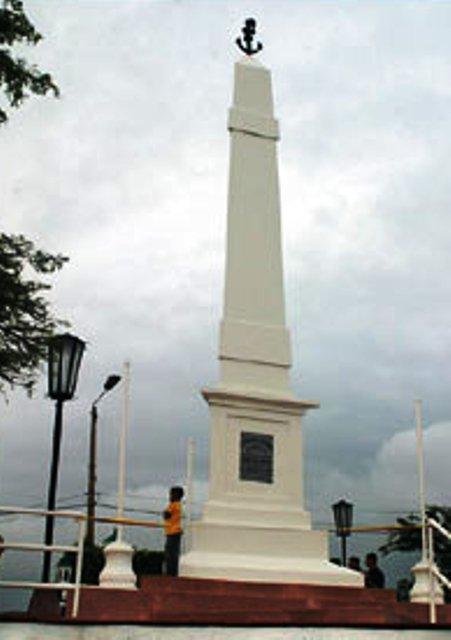 |
Colón Park |
| 1,3 Km |
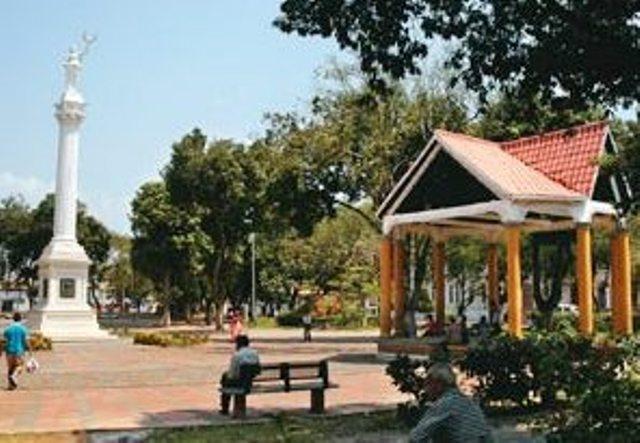 |
Public Library Julio Pérez Ferrero |
| 1,3 Km |
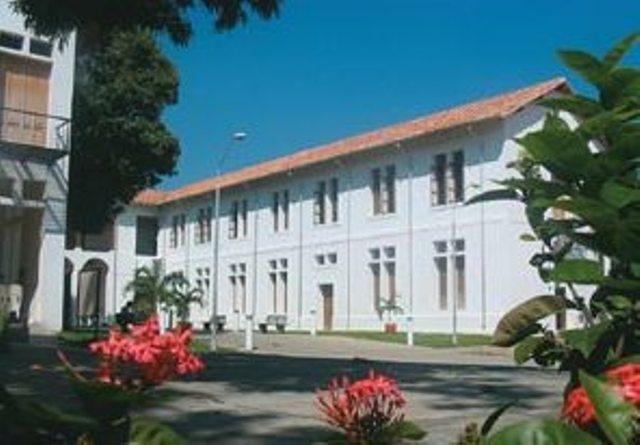 |
Musical mirror |
| 1,3 Km |
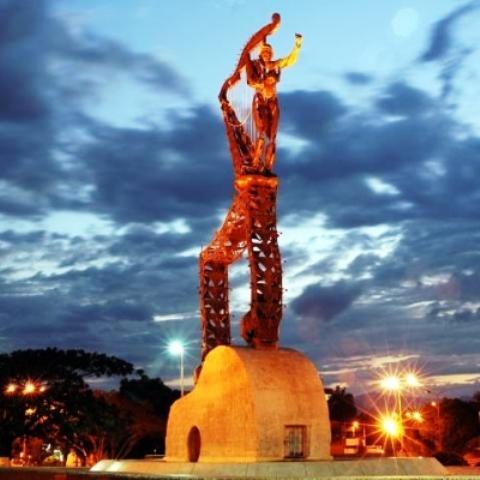 |
clock tower |
| 1,4 Km |
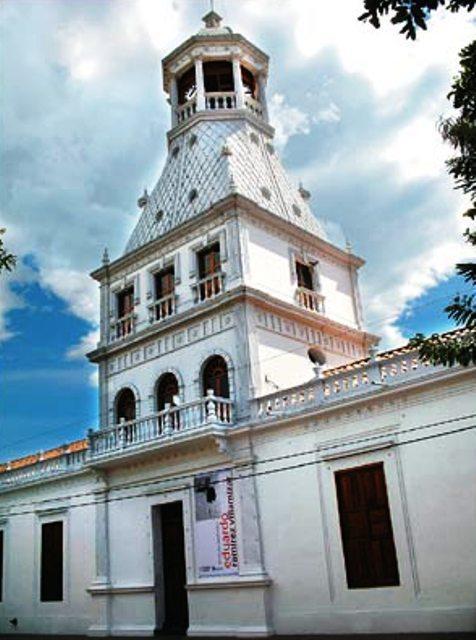 |
Awakening from dreams |
| 3,0 Km |
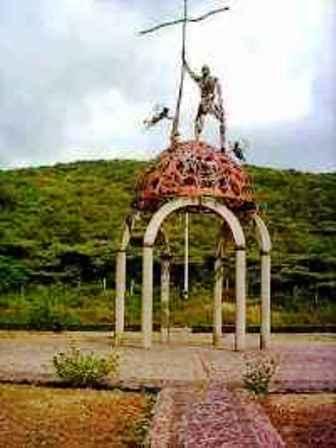 |
The Malecon |
| 3,1 Km |
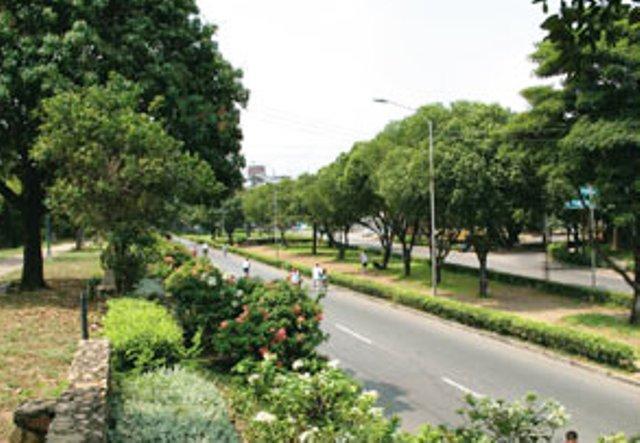 |
Bolivar column |
| 3,6 Km |
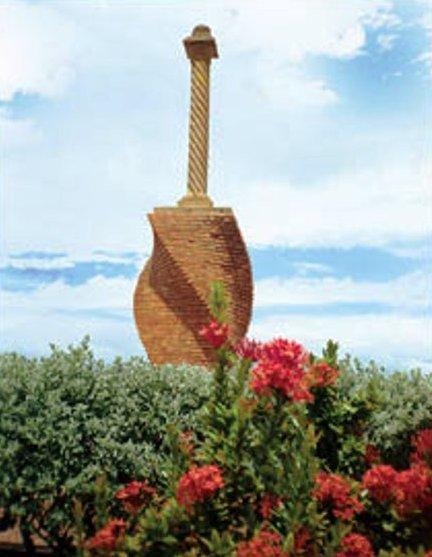 |
Monumento Cristo Rey |
| 3,6 Km |
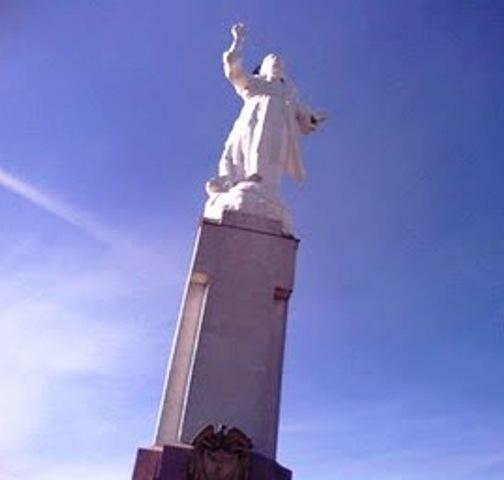 |
Playgrounds |
| 7,0 Km |
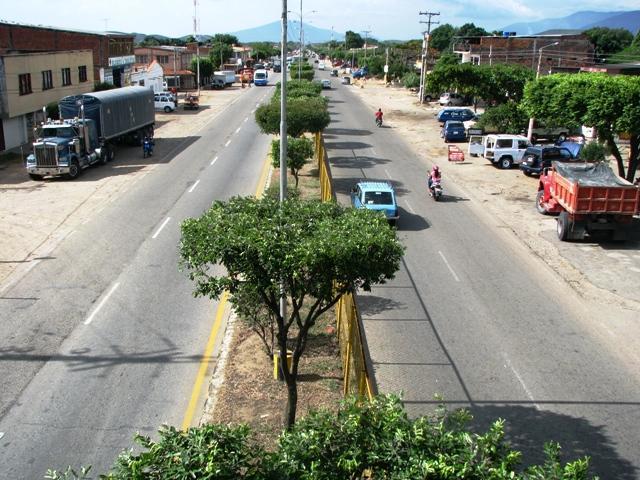 |
Villa del Rosario |
| 7,6 Km |
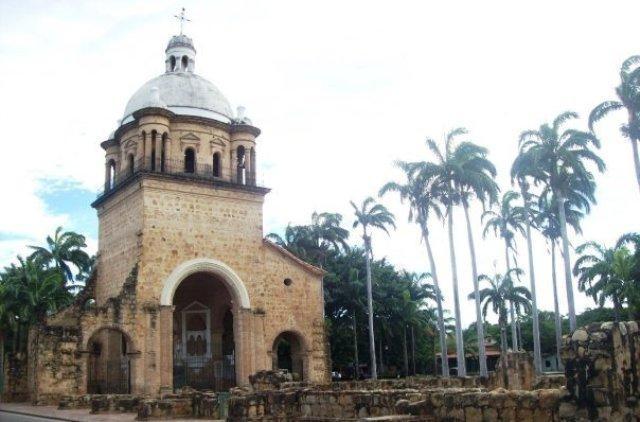 |
Grancolombiano Park |
| 8,2 Km |
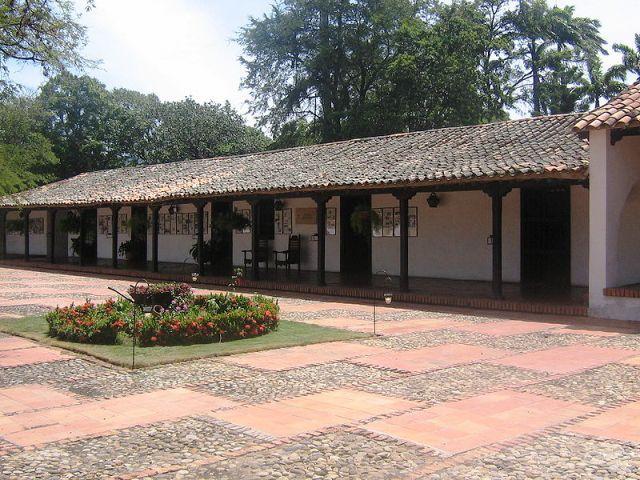 |
The Zulia |
| 11,4 Km |
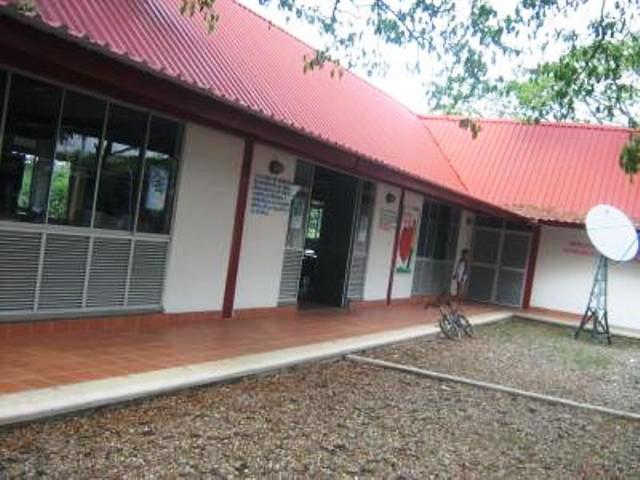 |
San Cayetano |
| 13,4 Km |
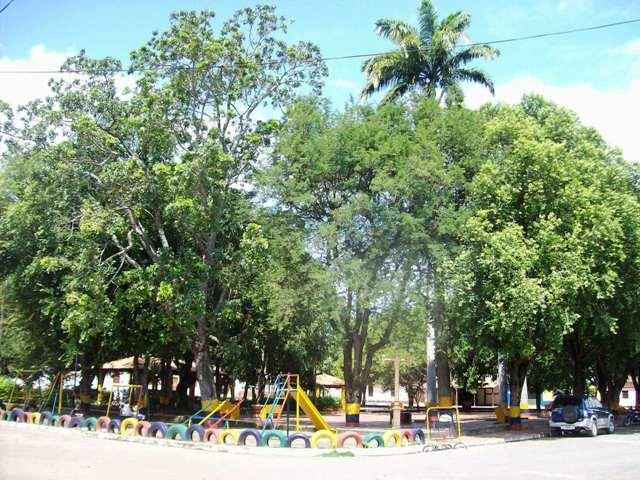 |
Hotel reservation near Cucuta within a radius of 20 km
Why to book with CLUBE TRAVEL
The best prices
Our partnerships with the world´s largest operators offer research on the best market prices.
More options
At Rotas Turisticos you can book the hotel, buy the air ticket, book the transfer from the airport to the hotel and vice versa, book the local excursions, rent the car, take travel insurance and consult the places to visit and where to go.
Holiday Tips & Destinations
Hundreds of holiday destinations with all the options that allow you to easily choose the destination that best suits your dream vacation.
CLUBE TRAVEL
Links


